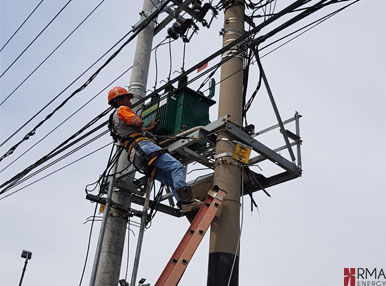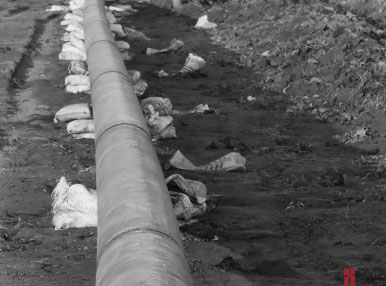The Government of Sri Lanka (GoSL) had taken a very ambitious policy decision to generate 70% of electricity from renewable energy (RE) sources by 2030. As the country’s large hydro potential has already been harnessed, Sri Lanka needs to depend on the next most abundant resources, solar and wind, with mini-hydro and biomass, to achieve this target. As approximately three times more installed power capacity is required from solar and wind plants to obtain the same amount of electricity generated from a conventional thermal generating plant (due to the lower “plant factor” of RE sources), a considerably higher capacity needs to be constructed now to meet the energy demand. This is a very significant challenge to the country in terms of raising required finances and also carrying out power plant implementation on time, in addition to the technical/engineering challenges that the utility engineers are separately planning to face. As the responsibility of developing RE resources and procuring electricity from such sources are in the hands of different institutions, which are operated under different enabling acts, a considerable alignment of all agencies is required to face the challenge. In the context, to achieve the GoSL policy, a very detailed master action plan is required to be prepared upfront, which needs to be meticulously executed and monitored to steer the country.
In this background, as per the request received from Ceylon Electricity Board (CEB), Asian Development Bank (ADB) assigned RMA provided technical assistance to CEB to develop the first Renewable Energy Development Master Action Plan (REDMAP).










